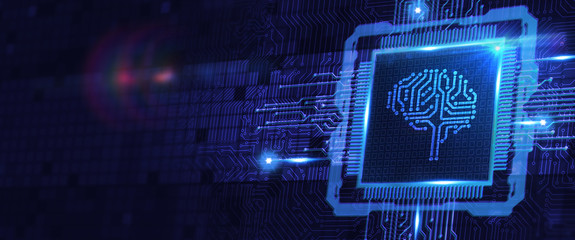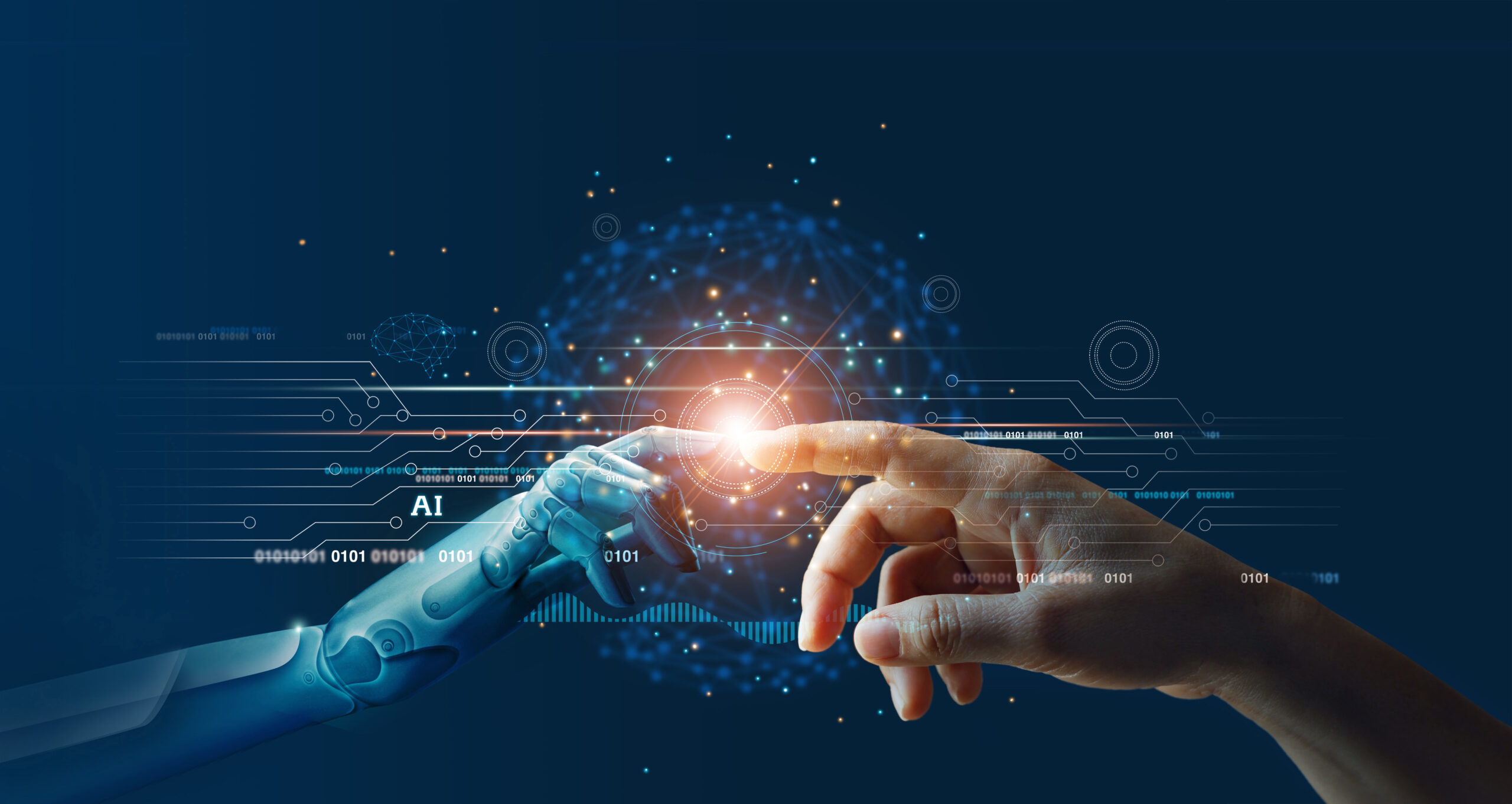Welcome to Our Research Archive
Search and filter by content type, issue area, author, and keyword

May 7, 2025
Workforce Participation for Older Americans: Warning Lights Flashing
…trending down. The faltering trends for older workers stand in contrast to those for the rest of the US labor force. LFPRs for US youth (the 15–24s) are higher today…

March 26, 2025
The Surprising Benefits of “Cooperative” AI
…study split 776 P&G workers into four groups: individuals with AI, individuals without AI, teams with AI, and teams without. AI increased solution quality by 0.37 standard deviation for individuals and a…

March 25, 2025
AI Talent: It’s Not Just for High Tech Anymore
…stand-alone AI-focused roles. This means that, for the time being, AI is being implemented for augmentation as opposed to automation, and that hiring AI-literate employees does not usually come at the…

March 6, 2025
America’s New Frontier of Opportunity and Inclusion
…Further, demographic stagnation often contributes to lower economic growth over time. Unless we wish to accept lower growth and declining standards of living, we need solutions to the demographic/economic growth crunch that…

March 3, 2025
Up in the Air
…and reinvesting the $100 billion in savings to increasing spending on AI and robotics. The trade-off here is stark. According to Morgan Stanley analysts, the average annual salary for eliminated…

February 27, 2025
Powering AI: The Energy Workforce Crisis No One Is Talking About
…energy transition and industrial revitalization will face continued headwinds. The rapid rise of AI and the potential it holds for higher living standards and longer, healthier lives depends on a…

February 11, 2025
AI and the Future of Work Looks Bright
…demands. A project spearheaded by AEI, the Stanford University Digital Economy Lab and NYU is developing novel ways of connecting disparate data sets at the local, state and regional levels…

January 3, 2025
AI and People: Better Together
…raising skill levels across society, which has long been the key to raising standards of living. The study’s observations about how social or noncognitive skills fit with AI are worth considering as…

January 2, 2025
AI Will Have a Major Impact on Labor Markets. Here’s How the US Can Prepare
…will require new types of data-integrated platforms and innovative tools to examine how AI may affect work and skills. A joint AEI-Stanford University-NYU project is proposing a nonpartisan, nonprofit institute similar in…

November 25, 2024
Don’t Write Off Workforce Pell Grants
…funding, workforce programs would have to meet high standards, including a minimum 70 percent completion rate and a 70 percent job placement rate. Critically, there’s also an earnings standard: one…